Diversity in the Workplace: Moving Beyond the Buzzwords
- Team Sedna

- Aug 13, 2020
- 3 min read
Updated: Feb 7, 2024

In this day and age, every company regardless of the industry is talking about diversity in the workplace. However, during a time when people are a company’s greatest asset, it is essential for companies to move beyond D&I efforts as a nice gesture and think critically about their people strategy and workplace culture. In a 2018 study, McKinsey found the following in regards to the impact of diverse talent on organizational profitability: Companies in the top quartile for gender diversity on their executive teams were 21% more likely to have an above-average profitability than those in the 4th quartile. When it comes to ethnic and cultural diversity, top quartile companies are 33% more likely to outperform on profitability. Not only is diversifying your workforce the strategic thing to do, but it also is the right thing to do.
As companies grow their impact through their products and services for a more global economy, incorporating the perspectives, experiences and skills of people from all backgrounds will be critical. So how can you strive towards creating a more equitable workforce? Sedna helps list questions for you to consider on.
1. Start by taking a look at the current state of your organization.
How many underrepresented minorities are in your organization?
How many differently abled employees do you have?
What is the makeup of senior leaders in your organization?
It’s ok if the answers to these questions are low right now. The important thing is to reflect honestly on the current state and to commit resources to creating a more diverse organization. The Sedna Group has devoted itself to creating and maintaining a diverse, positive unique workplace for its employees.
2. Take a look at your processes to evaluate potential barriers to entry for folks of diverse backgrounds.
It’s easy to assume that there isn’t a pool of qualified, diverse candidates out there but the data tells us that is simply not true. Look at your hiring processes and identify where you could be doing better.
Where are you going to seek diverse talents?
How are you communicating the opportunities available at your company?
Do diverse candidates feel represented in your leadership?
Do your company culture seem welcoming and inclusive?
3. Train your hiring team to acknowledge their own biases and put in place systems to minimize those in the recruiting process.
Education and training for your employees needs to be paired with the proper controls to strive towards more inclusive hiring.
How are you advertising your positions?
How are you interacting with candidates to minimize bias?
How are you objectively evaluating candidates rather than determining if someone is a “right fit” or not?
Examine your interviewing process, i.e., those interview-questions you have asked, to identify potential areas where diverse candidates might be dropping out of the pipeline.
Remember, diversity, equity, and inclusion are ongoing processes and a series of actions, not a one time activity. It will require effort and continuous commitment from employees in different areas and all levels of your organization. Moving towards operating as a more diverse and inclusive organization can seem like a daunting task but remember that partners like Sedna Consulting Group can help you not only find diverse talent but also think through your hiring process holistically. We are proud to support women, people of color, immigrants, refugees, differently-abled, and other diverse groups to access jobs in technology and would be eager to support the efforts of other similar-minded organizations.
Contact us to discuss how we can work together to create a more equitable technology industry.
Sources:





Comments